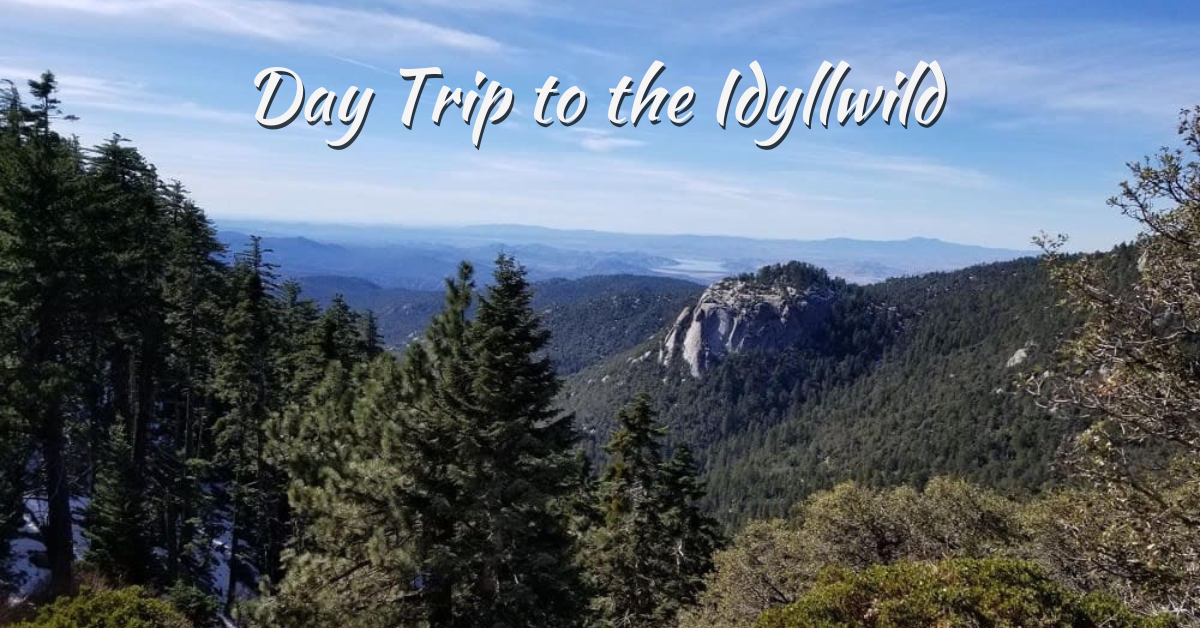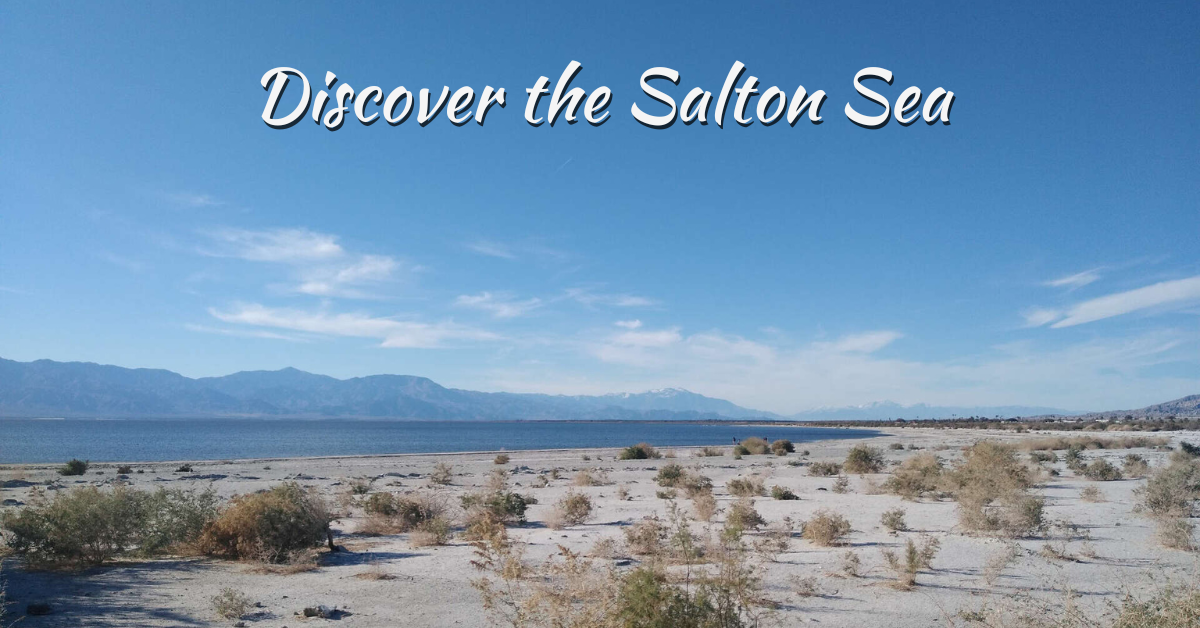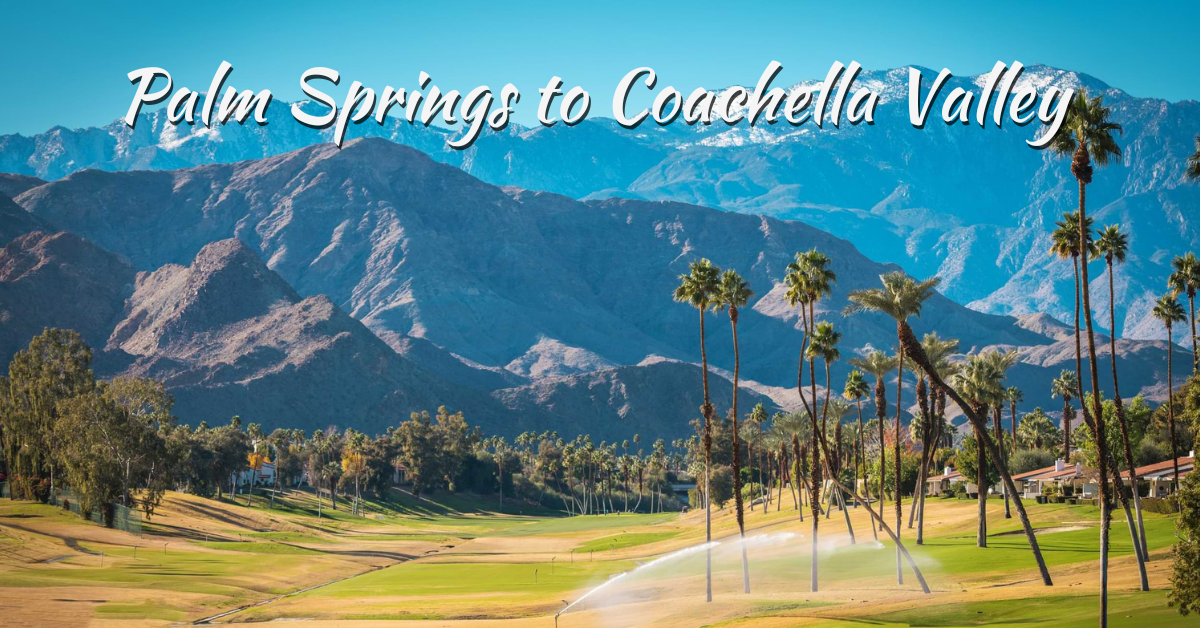Death Valley is home to some of the most breathtaking scenery and hiking paths.
Every tourist can expect an amazing adventure.
This is your comprehensive guide for a day trip to Death Valley National Park from Palm Springs.
At a Glance
| Location: California/Nevada border, Get directionEntrance fee: $30 per vehicle for 7 daysOpening Hours: Open all year aroundBest time to visit: November through MarchKey Stops: Zabriskie Point, Badwater Basin, Artist’s Palette, Mesquite Flat Sand Dunes, Furnace Creek Visitor Center |
How to Reach Death Valley National Park
Visitors can reach Death Valley in several ways.
From the east, through Nevada and Las Vegas, or from the west, through California, close to the town of Lone Pine.
By Flight
Are you planning to travel by plane to the park? Don’t worry we got you covered.
The two closest airports are Los Angeles International Airport (LAX) and Las Vegas McCarran International Airport (LAS).
- It is approximately two and a half hours from LAS and four and a half hours from LAX.
- Another great alternative is the Palm Springs International Airport. The drive there is breathtaking and takes about five hours.
By Car
Upon entering Death Valley National Park, a whole new world reveals itself.
It is situated just around 120 miles northwest of Las Vegas. Also, it is within a short driving distance from Greater Palm Springs.
From Palm Springs, take I-10 W, then CA-62 W, and finally get on I-15 N heading into Death Valley.
- To see the Trona Pinnacles, drive State Highway 178 from Barstow to the pass along Highway 395. Rising more than 130 feet from the desert bottom are the 500 tufa pillars.
- Once you’ve seen the Pinnacles, drive into Trona for a fuel break.
- Take the Trona Wild Rosa Highway to Death Valley’s Emigrant Canyon.
- Be mindful of the untamed burros that prowl the forested areas.
- It’s an ambitious 550-mile loop across Death Valley and surrounding places. So, plan some side trips and have fun.
Starting Point: Furnace Creek Visitor Center
Once you’re inside Death Valley, start your explorations at the Furnace Creek Visitor Center. It is situated on California Highway 190.
- An educational 20-minute park film is screened first. Rangers offer a variety of walks, talks, and slide shows from November to April.
- You can learn about the natural and cultural history of Death Valley.
- Visit the Furnace Creek Visitor Center, which opens at 8 am. Here, you can pay your admission ticket and obtain a map of the park.
- Don’t forget to fill up your reusable water bottle, and take in the amazing exhibitions.
# Zabriskie Point in Death Valley: Breathtaking Views and Scenic Beauty
After departing the visitor center, proceed to Zabriskie Point. It’s only a short walk from the parking area to this lookout point. It offers expansive views that will transport you to Mars!
You should spend 20 to 30 minutes at this location and enjoy the landscape. You might wish to pause for a picnic before continuing your travels.
# Wander into the Dunes of Death Valley
Take a stroll close to Stovepipe Wells to experience the allure of Death Valley.
- As the sun shines, the worn quartz dunes’ ripples and outlines are shadowed. You can see the tracks of the desert’s numerous nocturnal animals.
- The unique effects of sunset and moonlight also enhance the flowing slopes.
# Mesquite Flat Sand Dunes in Death Valley
Visit the Mesquite Flat Sand Dunes early in the day. You can hike here among spectacular sand dunes. It will transport you to the enchanting ambiance of the Sahara Desert.
- This location is stunning and ideal for shooting lovely pictures and doing a little exercise.
- Try to arrive 30 minutes before sunrise so that you can hike into the dunes. Then take in the breathtaking sunrise sitting over there. Allocate roughly two hours for this visit.
# Eureka Dunes in Death Valley
Rising more than 700 feet, the Eureka Dunes are the second-tallest in the nation.
- The soft flowing borders of the dunes are marked with an amazing sight.
- It is situated approximately 10 miles from Eureka Valley Road. The dunes offer a gentle stroll or challenging hiking if heading to the summit.
- The crimson peaks of the mountains make the sandy trek worthwhile.
# Artist’s Palette Drive in Death Valley
Then, take a slight detour and proceed toward the Artist’s Drive. This breathtaking 9-mile trip passes through amazing canyons and vibrant mountains.
- The most well-known destination on this journey is the Artist’s Palette. Here you can stroll for a short distance to get a close-up look at the breathtaking hues.
- It is intriguing to see how these volcanic minerals have changed color over time. This phenomenon occurs in response to heat and water!
- Allocate one to one and a half hours for this visit.
# Badwater Basin Salt Flats in Death Valley
When the sun sets, proceed to the Badwater Basin Salt Flats after seeing the Artist’s Palette.
- This location is well-known for being the lowest point in North America, with a sea level of 282 feet. You can see how far down you are by looking for the sea level marker near the cliffside parking area!
- It is highly recommended that you be here at least forty minutes to climb to the best locations. about twenty minutes away, and watch the sun set behind the mountains.
- It is highly recommended to arrive at least 40 minutes before sunset to hike out to the prime locations.
- Witness the sun setting behind the mountains and get a picture for a lifetime.
# Devil’s Golf Course in Death Valley
Get ready to be astounded by this surreal scenery. Devil’s Golf Course is a large environment of salt crystals that have evaporated over thousands of years.
It creates a seemingly limitless expanse of surfaces with sharp edges and patterns.
# Father Crowley Overlook in Death Valley
The Father Crowley Overlook is situated close to the park’s western boundary. This point is well-known for being a military “low altitude flight training area.”
Here fighter planes rehearse passing through a small canyon.
Lunch Options in Death Valley
Grab your picnic baskets ready and have lunch on the dunes with your family. The landscape gives a mesmerizing backdrop that a restaurant cannot give.
You can also have lunch at nearby restaurants.
# Golden Canyon to Red Cathedral
Explore a 3-mile hike. It guides you through breathtaking yellow canyon walls, a slot canyon, and ends at a red rock amphitheater with a view of golden hills.
# Natural Bridge Trail in Death Valley
The Natural Bridge trail is a 2-mile hike that takes you through an orange rock canyon to a natural rock bridge. Beyond the bridge, you’ll find a dry waterfall. It is a sheer cliff where a waterfall used to cascade down.
# Mosaic Canyon in Death Valley
The trail is a 3.4-mile round trip. It takes you through narrow canyon walls that resemble marble, leading to a dry waterfall.
Once inside the canyon, you’ll be amazed by the beautiful rock formations that look like mosaic artwork.
# Darwin Falls in Death Valley
Darwin Falls is one of the few waterfalls in Death Valley National Park that flows year-round. It is around eighteen feet high.
The trail is a 1.9 mile round trip. It takes you through a beautiful canyon filled with lush greenery. It flourishes in the presence of this unique waterfall.
# Ubehebe Crater Trail: Ubehebe to Little Hebe
The Ubehebe Trail is a 1.8 mile path that circles the Ubehebe Crater. It is a massive volcanic crater that is 600 feet deep and half a mile wide. As you make your way around the loop, you’ll come across a sign for “Little Hebe” which will guide you to a smaller, and probably more recent, crater.
# Admire the Flora and Fauna of Death Valley
Death Valley is home to a diverse range of unusual plants and animals. They have all evolved to survive in this harsh desert environment.
- Over a thousand different plant species can be found in this desert. The annual spring wildflower blooms are a major draw for tourists.
- Make sure you travel responsibly.
- Be mindful of the delicate desert ecosystem by following designated trails.
- Avoid close encounters with wildlife, and appropriately dispose of your waste.
- Assist with protecting this marvel of nature for the enjoyment of future generations!
# Stargazing in Death Valley
At last, the sun sets, and it’s time to bid Death Valley farewell. Drive back to where you’re spending the night at a blue hour or dusk. Pull aside and switch off your headlights when it becomes dark so you can spend some time stargazing. Observing the famously gloomy sky is well worth the trip to Death Valley!
You will find lovely stars everywhere. If you’re in the area, you might want to try stargazing at the well-known Harmony Borax Works. Observing the famously gloomy sky is well worth the trip to Death Valley!
# Tips for Your Death Valley Trip
It’s wise to come prepared because Death Valley National Park doesn’t have many amenities. Here are the things you need to remember and pack accordingly:
- Water bottle: Always carry a water bottle. You can fill up for free at the visitor center, along with an abundance of water
- Carry Sunscreen: Remember to carry sunscreens because the sun is so intense. If you want, also carry a hat and sunglasses.
- Food: Snacks for the evening and food for a picnic
- Camera: Don’t forget to get a good camera. Here you can click some amazing pictures which you don’t want to miss (bring a tripod if you want to take star photos)
- Map: Since the park lacks cell service, make sure to obtain offline maps before you visit.
- Check Fuel: Before entering, fill up with gas. If you run out while there, stop at the visitor center or Stovepipe Wells Village to refuel.
- Follow Routes: Drive only on the routes that are designated.
- Wear Comfortable shoes: Since you have to walk there make sure to wear comfortable shoes.
Death Valley National Park from Palm Spring FAQs
1. How far is Death Valley National Park from Palm Springs?
Death Valley is approximately 120 miles northwest of Palm Springs. The drive typically takes around 2 to 3 hours, depending on traffic and road conditions.
2. What are the entrance fees for Death Valley National Park?
The entrance fee is $30 per vehicle, which is valid for 7 days.
3. When is the best time to visit Death Valley National Park?
The best time to visit is from November through March when the temperatures are cooler and more comfortable for exploring.
4. How do I get to Death Valley National Park from Palm Springs?
- By Car: Take I-10 W, then CA-62 W, and finally I-15 N to reach Death Valley.
- By Flight: The nearest airports are Los Angeles International Airport (LAX), Las Vegas McCarran International Airport (LAS), and Palm Springs International Airport, with Palm Springs being the closest.
5. How long should I spend at each major attraction?
- Zabriskie Point: 20-30 minutes
- Mesquite Flat Sand Dunes: 2 hours, ideally arriving 30 minutes before sunrise
- Eureka Dunes: Variable; allow time for hiking and exploring
- Artist’s Palette: 1-1.5 hours
- Badwater Basin Salt Flats: 40 minutes before sunset for the best views
- Devil’s Golf Course: Variable; take time to explore the unique formations
6. Are there any safety tips for visiting Death Valley?
- Follow designated trails and roads to protect the ecosystem.
- Be aware of wildlife and keep a safe distance.
- Dispose of waste properly and respect the park rules.
7. Can I do any stargazing in Death Valley?
Yes, Death Valley is known for its dark skies and excellent stargazing opportunities. For a great view, consider stopping at Harmony Borax Works or another dark area away from city lights.




